
Intel, Power Architecture, Arm and GPU processing in rugged deployed applications
Curtiss-Wright works with world leaders in processor technologies to apply commercial technology to the demanding power, size, program life cycle and performance requirements of aerospace and defense applications. These processors are used in our computing systems and boards for commercial, aerospace and defense applications. When it comes to embedded computing architectures for defense and aerospace applications, there are a number of questions that should be asked when selecting the processor (or processors), such as:
- Can a standard central processing unit (CPU) handle all required tasks?
- Is a graphics processing unit (GPU) or a field-programmable gate array (FPGA) needed?
- What architecture considerations should factor into your decision for minimizing size, weight, and power (SWaP)?
- Since the end goal of most systems is to implement an algorithm to perform some pre-determined task or function, which architecture is going to achieve the goals?
Choosing the Best Processor for the Job
This white paper reviews popular processor architectures to help you make an informed decision when defining your electronics payload.
Comparing Processor Architectures
Selecting which processor architecture to use depends on the performance and power consumption constraints inherent in an application and how software influences that. Review your options:
General-purpose processors contain one or more CPU “cores” and sometimes include a dedicated graphics processor (GPU) that may not always consume power at the same time. Today’s mainstream processors are almost all multi-core, with four, eight, or up to 56 cores or more in a single chip. Having multiple cores greatly increases performance – eight cores could mean twice the performance compared to a four-core processor with a similar clock speed. But more cores doesn’t necessarily mean a processor draws more power. For most processor architectures, cores not actively in use can go into a low-power idle mode, saving considerable power.
Modern processors run at very high clock speeds, enabling system integrators to do more in a given unit of time. For systems that do not need such high instantaneous performance or applications that can spread the processing load across multiple cores, a lower clock speed can provide significant power savings. By architecting a system’s software to utilize multiple cores at lower clock speeds, it is often possible to reduce the overall power consumption of a processor while maintaining application-appropriate performance.

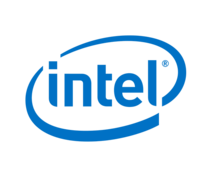




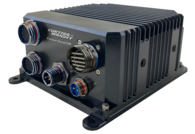 Learn More
Learn More
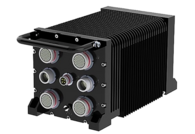 Learn More
Learn More
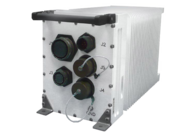 Learn More
Learn More
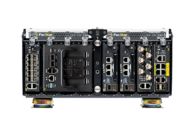 Learn More
Learn More
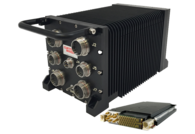 Learn More
Learn More
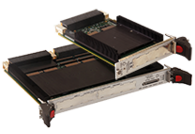 Learn More
Learn More
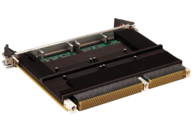 Learn More
Learn More
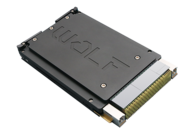 Learn More
Learn More